
Brain's Fountain of Youth
It turns out that vegetables contain a range of nutrients and bioactive compounds like vitamin E and K, lutein, beta-carotene, and folate that help protect the brain. So not only are vegetables essential to keep us slim and disease free but also to keep our minds and memory sharp! Find out how many leafy greens you need to eat to possibly have thinking skills and memory 11 years younger as you age!

Judes' Healthy Choices at Restaurants
This post is the first of a new miniseries I call "Lunch Date" that demonstrates my healthy choices at various restaurants. As you see my healthful choices, hopefully, it will help you in your restaurant decisions.
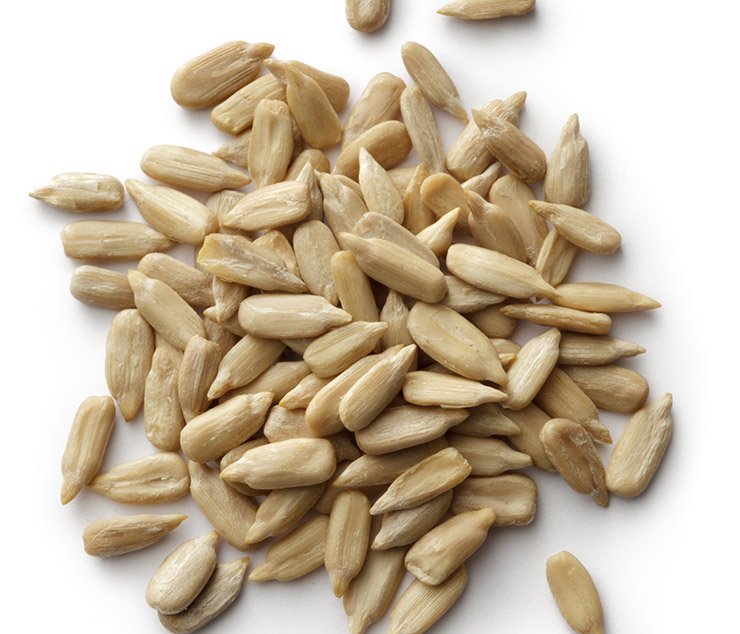
Sunflower Seeds: Brain Boost
Sunflower seeds do more than give a satisfying crunch; they improve our health! They are totally delicious AND loaded with some heavy-hitting nutrients that are especially good for our brain power.

Arugula: A Rock Star Green
Arugula isn't just delicious. It’s also brimming with health-protecting nutrients. In fact, arugula strengthens your bones and may make exercising easier. These rock star rockets may even help keep your brain sharp and smelling better.

The Healthiest Bread
Is there bread that is actually healthy? Obviously white bread, rolls, buns, and crackers are problematic, but even among the healthier bread varieties, there is a significant variance. Which one should you choose? Below are the healthiest bread options to eat.

Blood Oranges: Winter Detox
Eat half of your meals and snacks in fruits and vegetables for your daily “detox cleanse” and don’t forget to eat a variety of colors, including bright and dark colors. Blood oranges are a perfect winter fruit full of these powerful phytonutrients and lots of vitamin C to boot. Take February’s Healthy Challenge and eat blood oranges while they’re still in season.
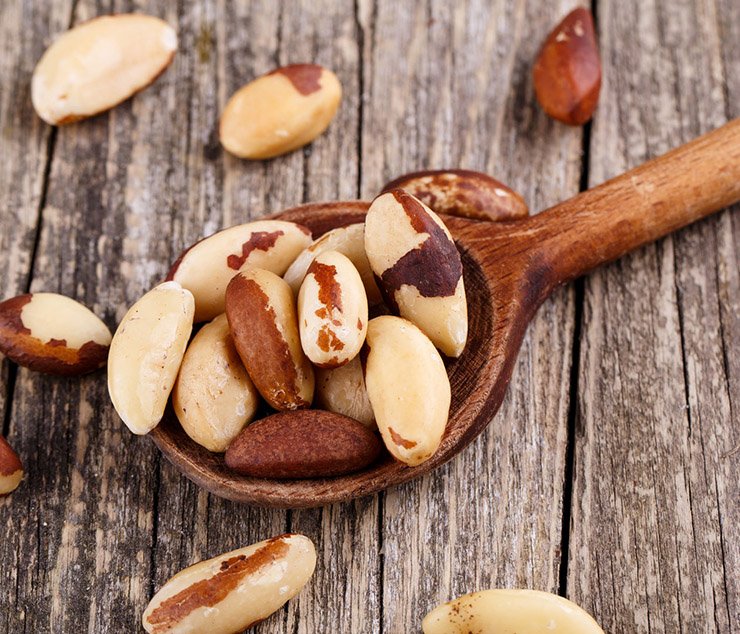
Brazil Nuts' Superpower
Bring in the new year by starting a new habit that will benefit your health. It's not even a hard one, so you can actually keep this year's resolution! Just eat one Brazil nut every day (but not more than that) to ensure that you are taking in enough selenium in your diet. This powerful nutrient is an essential mineral found to have a profound effect on our health! It's critical in protecting us from toxins and fighting diseases.

Seafood News Flash!
Contrary to previous recommendations, new government guidelines recommend that everyone, especially pregnant and breastfeeding women and children, consume seafood two to three times per week! Seafood contains nutrients that are difficult to find in other foods that most people aren't getting enough of.


Fabulous Flax
It’s surprising that before now, I haven’t chosen flax seed as one of my monthly Healthy Challenge foods since I started my blog more than six years ago. It’s oozing with valuable nutrients that we have a difficult time getting in our diet, but that truly make a difference to our health.
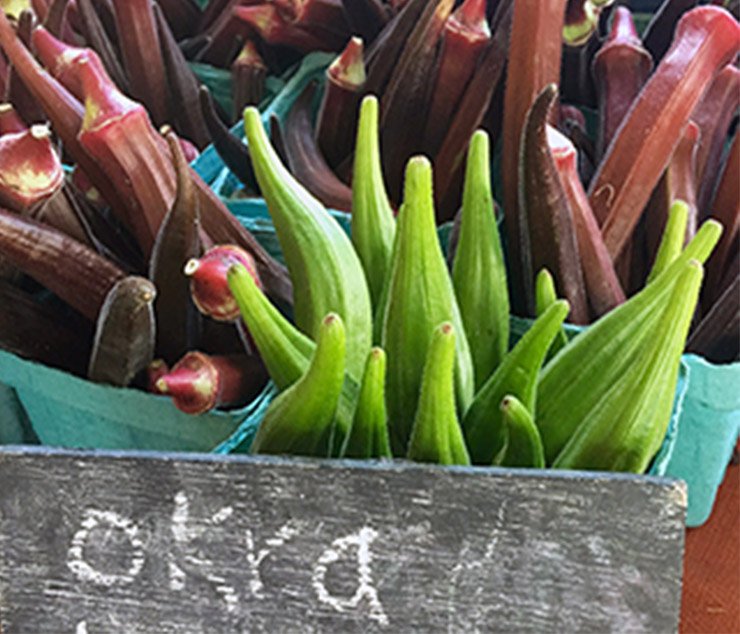
Southern Okra Fun
Okra is full of valuable phytonutrients, vitamins, and minerals, and you don't need to fry it to make it delicious! Instead, try roasting it to create an appealing texture so you can enjoy this delicious southern vegetable.

Peanut Health Punch
Peanuts aren’t actually nuts, but they do have the heart benefits that nuts have, with some bonus value. Peanuts are most closely related to beans and lentils. They may even make you healthier, leaner, and smarter over a lifetime. Interestingly enough, it may be the peanut itself that prevents peanut allergies from developing.

Cottage Cheese: Secret Weapon
Cottage cheese is a secret weapon to increase protein and keep body fat down. For all the cottage cheese haters out there, I've got great news. You won't know it's even there! In fact, It makes recipes creamier and more delicious without you even recognizing its presence. So if you tolerate dairy, then take advantage of this protein-packed craving-stopper and muscle protector.

Powerful Papaya
I’m so glad that I’ve given papaya another chance. Not only can I enjoy its delicious taste, but now I can take full advantage of the wonderful health benefits. With 144% of daily value of vitamin C in one cup of papaya, along with a good dose of folate, vitamin A, magnesium, potassium, copper, vitamin E, and choline, papaya can boost our immune system to help us fight sickness.
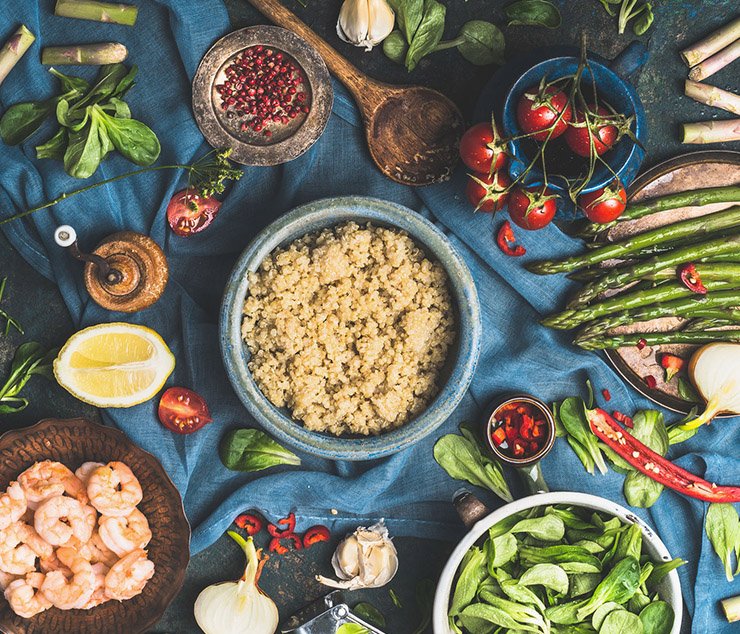
Build a Bowl: Easy Grain Bowl Formula
Are you in a rice, pasta, or potato rut, and searching for delicious, simple ways to eat more whole grains? Grain bowls, the west coast's healthy obsession, are a perfect solution! These aren’t too unfamiliar, given that Chipotle’s best-selling item, their burrito bowl, is just a Mexican version of a grain bowl. These bowls are the ideal way to make a fast, tasty DIY meal using leftovers and ancient whole grains, any time of the day. Cooked whole grains like farro, barley, brown or black rice, or quinoa keep for about five days in the refrigerator, so you can prepare them in advance in a rice cooker or on the stove top and use them throughout the week as the base ingredient of this tasty new trend, in various combinations.It's so easy for quick, causal restaurants to put together a burrito bowl or a rice bowl right in front of you – you tell them what you like, and they throw it in a bowl. It's not much harder to do this at home, and it may just become your go-to weeknight staple. Make variations using one or a mixture of whole grains as a base, and then top it with ingredients that combine different textures and a balance of flavors between salty, sweet, and acidic. In other words, use my simple Grain Bowl Formula below to build the best bowl ever!

Barley to the Rescue
Are you in a rice, pasta, and potato rut? Pull yourself out of it with barley! It is easy, delicious, and super nutritious. In fact, barley has great protective effects against heart disease, diabetes, cancer, obesity, and even gallstones. Ancient Greek and Roman athletes ate barley for strength. They were on to something! It's time to go out of your comfort zone and try some powerful barley.
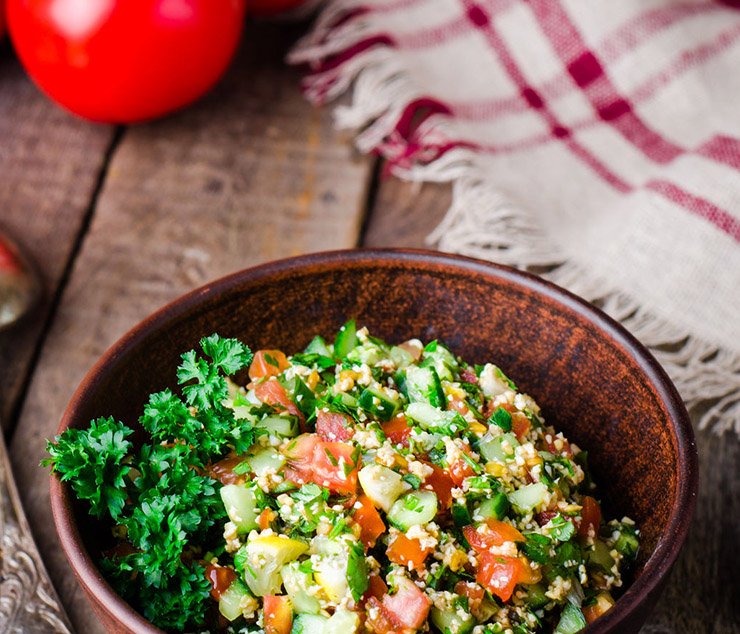
Parsley Power
Who knew that a measly sprig of green could be such a powerhouse of nutrients? In fact, parsley was praised for its healing powers long before it was used to prepare food. Other cultures have come to appreciate its culinary benefits, but sadly, it is often delegated to a garnish in American cuisine. I’m here to advocate for this under-appreciated and under-used sprout!
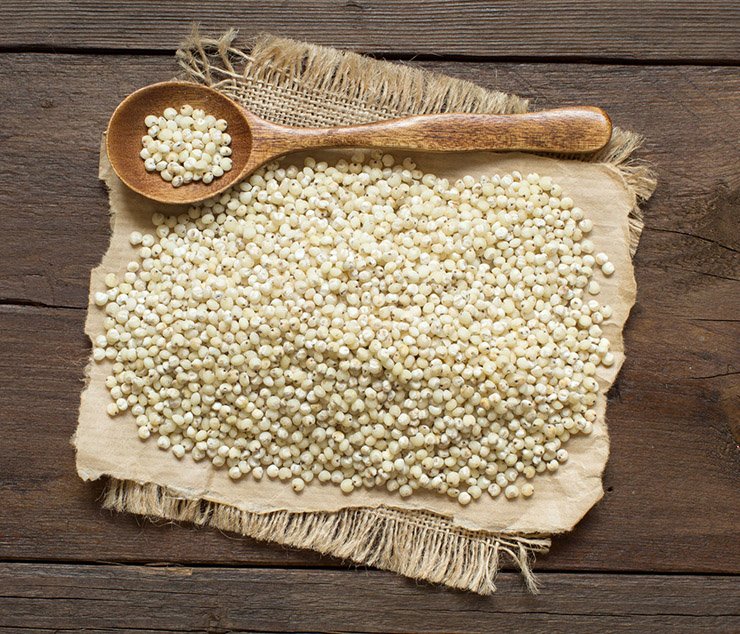
Sorghum: The Next Quinoa
I know that sorghum probably isn't the kind of meal you were planning on having for dinner tonight, but FYI, it's the next quinoa, so keep your eyes, ears, and mouth open to it. Some of you gluten-free readers already know it in its ground flour form, but it's also available as a grain that looks similar to pearled couscous once cooked. It's a tasty, nutrient-loaded, whole-grain, gluten-free swap for rice and quinoa that rivals the most nutritious foods. Unlike quinoa, it's easily grown in the US, even in drought conditions, so this nutritious ancient grain is inexpensive and as it becomes increasingly popular, it will be easy to access.

Red Grapefruit Strength
You were probably thinking chocolate for Valentine’s Day, but since red grapefruits are so amazing for you, maybe you could throw some in the festivities. After all, it is national grapefruit month, and they are pretty red inside! Their powerful nutrients boost the immune system, fight cancers with gusto, decrease the risk of heart disease, and even give us an edge in the battle to lose weight. Named by how they grow in clusters like grapes, this deliciously tart yet sweet fruit may be a much-needed health reprieve for your body after gorging on Superbowl and Valentine goodies.
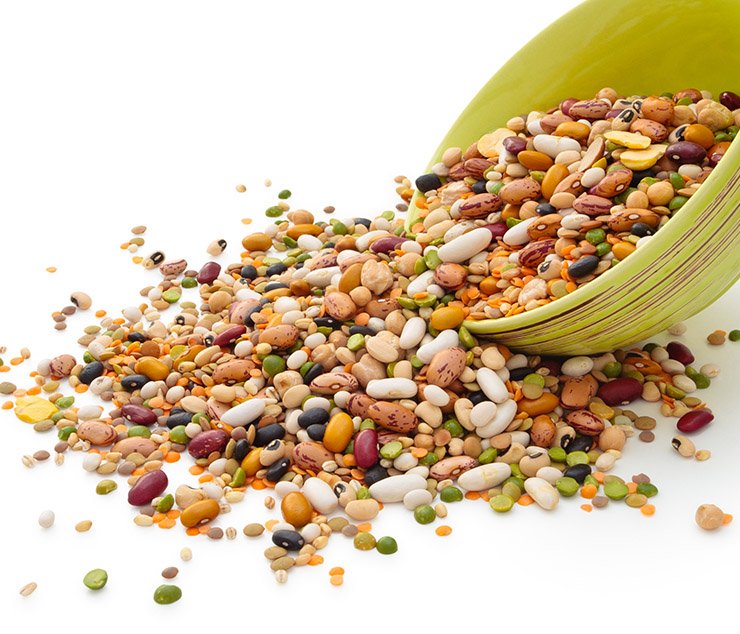
2016 Pulse Pledge
Do you really want to improve your health this year? If the answer is YES, then take the Pulse Pledge! Pulses, defined as dry peas, lentils, and beans (including chickpeas) are the focus of the recently-launched United Nations International Year of Pulses. Why? Because they are a nutritious, sustainable, inexpensive, versatile, and tasty source of food for people around the world.
